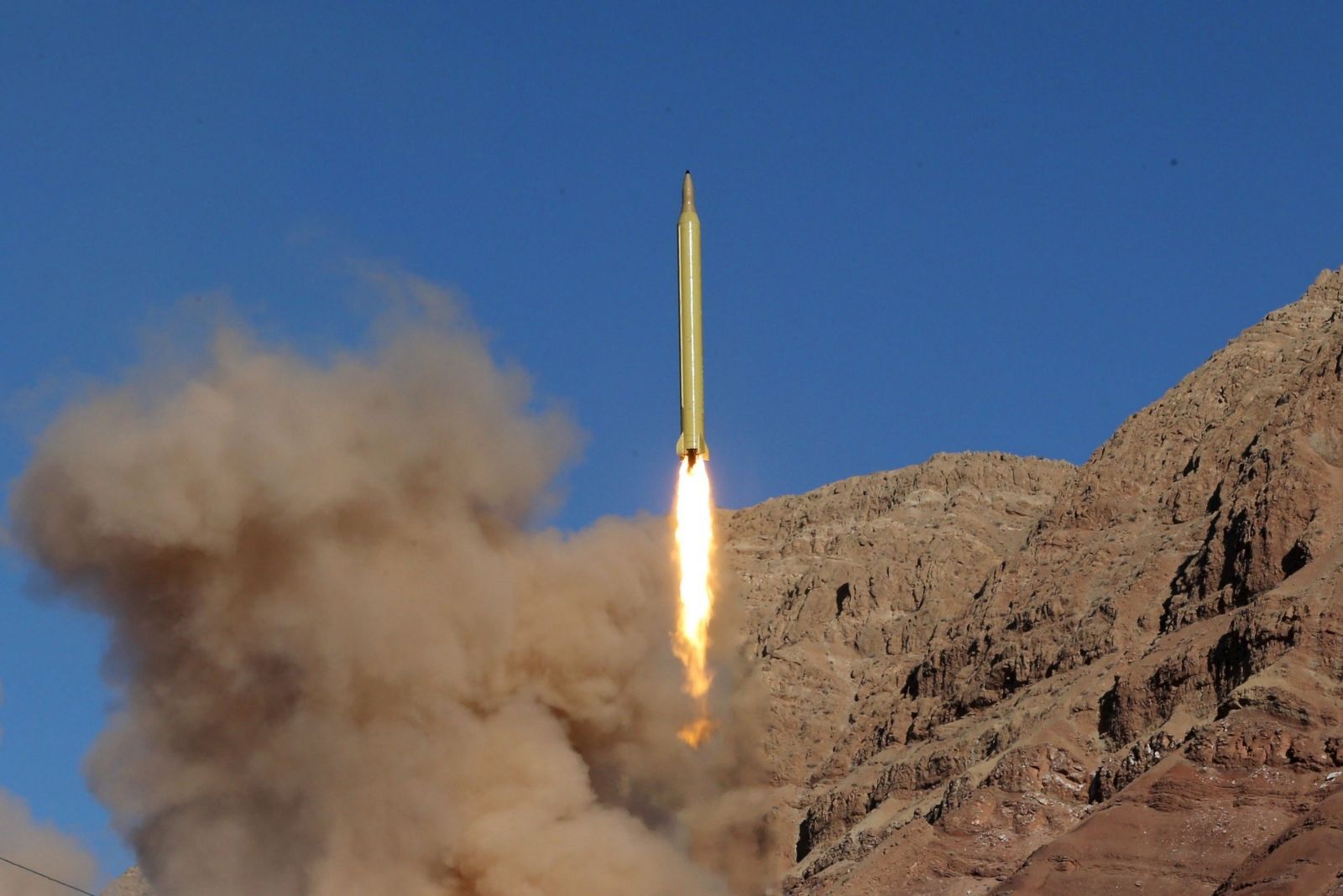Agence France-Presse,
Washington: Threatened with the loss of a key air base, the US military is making plans to move materiel and fuel to US forces in Afghanistan through a network of commercial links through Russia and Central Asia, a military spokesman said Friday.
Adding urgency to the planning is a looming military buildup in Afghanistan that will nearly double the size of the US force and dramatically expand the demand for all kinds of supplies.
Insurgents, meanwhile, have been attacking overland supply lines into eastern Afghanistan through Pakistan, intermittently closing a pass through which 80 percent of US military supplies enter the country.
On top of that, Kyrgyzstan announced this week that it will close access to a vital US-leased air base through which 15,000 troops and 500 tonnes of supplies pass through every month.
The Pentagon still hopes to work out a deal with Kyrgyzstan to keep the base at Manas open, but is exploring other avenues into remote, landlocked Afghanistan, officials said.
“We are looking for many or multiple routes through the various central Asian countries beyond Kyrgyzstan,” said Navy Captain Kevin Aandahl, spokesman for the US Transportation Command.
“That would include Uzbekistan, obviously Tajikistan, Kazakhstan, and things of that nature,” he told AFP.
Aandahl confirmed that talks are currently underway with Tajikistan, which said Friday it would allow non-lethal supplies for US and NATO forces in Afghanistan to transit its territory by road.
After meeting the US ambassador, Tajik President Emomali Rakhmon said construction materials, medicines, fuel and water would be allowed through his country.
Aandahl said the United States is not looking for another air base in the region to replace Manas, rather a network of air, rail and road links to move non-lethal supplies from Europe to Afghanistan.
He said one route could go from the Balkans to Russia and then south through Central Asia to Afghanistan.
Another could involve shipping supplies to a port in Georgia on the Black Sea. Supplies would then be moved overland through Georgia to Azerbaijan, by ship across the Caspian to Kazakhstan and then south through other Central Asian countries to Afghanistan.
“We would be utilizing commercial traffic routes, which is very important,” said Aandahl.
“At the US Transportation Command we're all about making sure the supply chain remains dominant and vibrant,” he said. “For both these situations — Iraq and Afghanistan — we go in with options.”
“The routes already exist. The facilities already exist. What we're talking about is tapping into existing networks and using a variety of military and contractor commercial enterprises to facilitate the movement of materiel supply, non-lethal supplies and everything else that is needed in Afghanistan through these existing commercial routes,” he said.
The troops that went through Manas will likely be re-routed through southwest Asia, which could put an added burden on US air bases in the Gulf region, he said.
Armored vehicles and other heavy military equipment is already flown into the country, and planners are looking at the impact on the supply chain of equipping the enlarged force.









